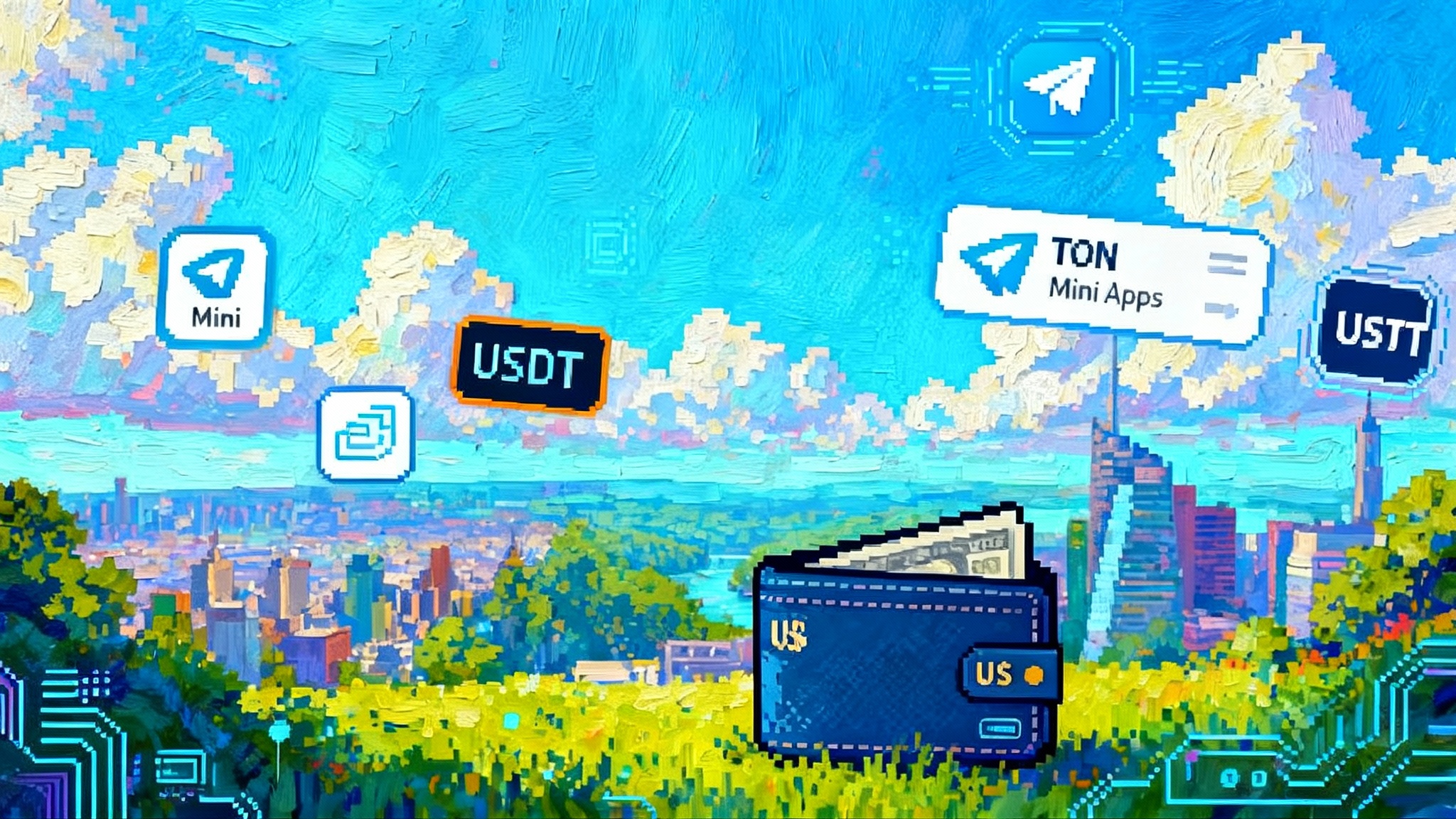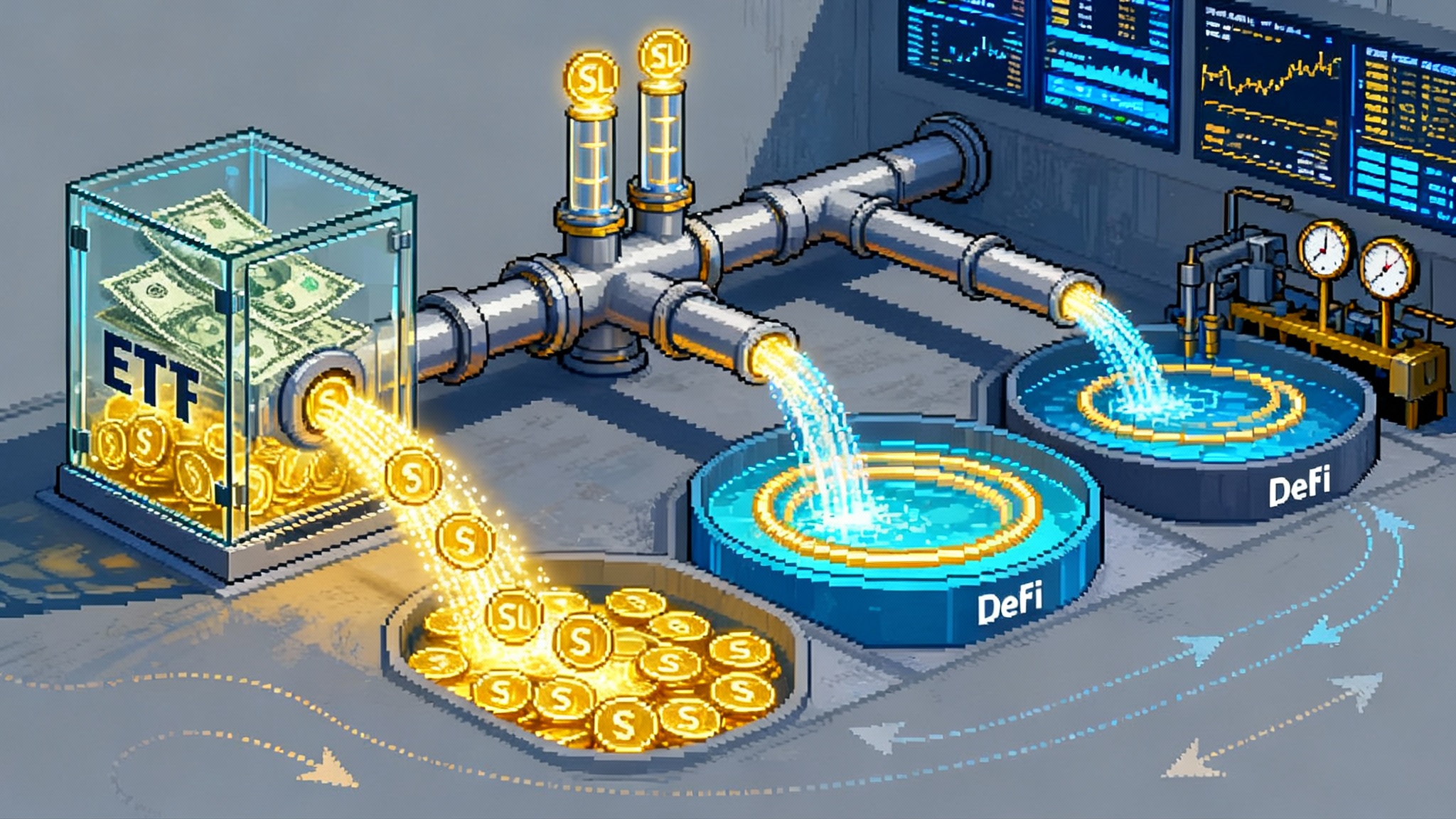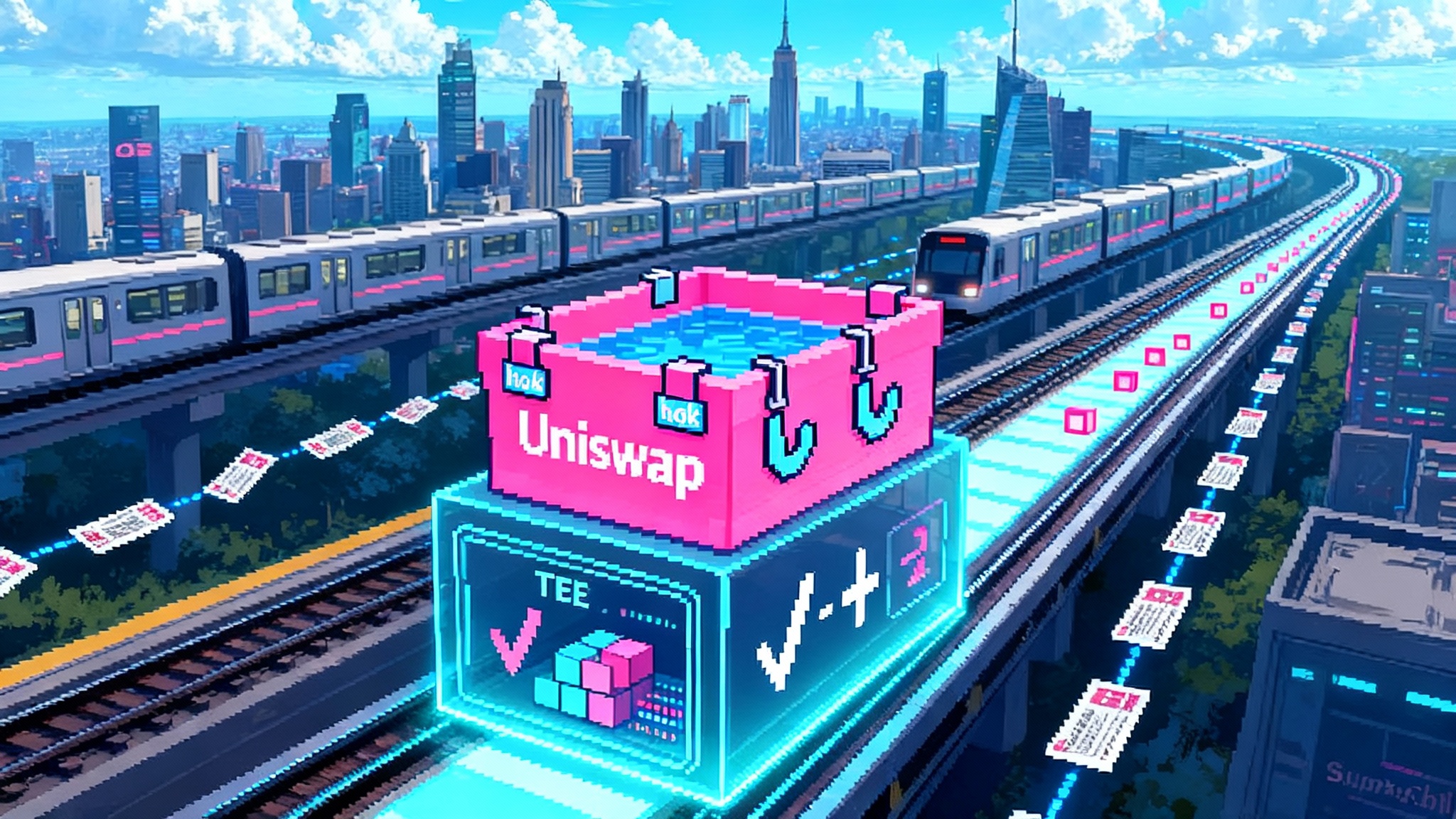Telegram x TON: Mini Apps, USDT, and a United States Wallet
Telegram made TON the exclusive chain for Mini Apps and then shipped a self‑custodial wallet in the United States. With USDT payments embedded in chat, this could be the most credible path to 100 million new crypto users.

The two 2025 moves that changed the game
On January 21, 2025, Telegram and the TON Foundation said the quiet part out loud: TON would become the exclusive blockchain for Telegram’s Mini Apps, with developers told to migrate by late February and to use TON Connect as the standard sign‑in and transaction rail. Telegram also confirmed Toncoin would be the only cryptocurrency accepted for platform payouts and non‑fiat purchases such as Stars, Premium, and Ads. In a world of fragmented wallets and clunky bridges, this created one clear path for builders and users inside Telegram’s billion‑person network. It was a platform decision, not a press release flourish. The commitment is spelled out in the TON Foundation’s announcement of the exclusivity arrangement. See the TON and Telegram exclusivity.
Then came the milestone that mattered most for the American audience. On July 22, 2025, TON Wallet rolled out in the United States, bringing a self‑custodial crypto wallet into a mainstream messaging app used by tens of millions of Americans. The wallet integrates contact‑to‑contact transfers, token swaps, and on‑ and off‑ramps through licensed partners, and it sits beside the chat composer rather than behind a separate download. U.S. access is not just symbolic. It lets American users interact with the same Mini Apps, bots, and payment flows that took off globally in 2024. For context and detail on the rollout, read the CNBC coverage of U.S. wallet launch.
Put together, these two moves did three things at once. They standardized the wallet protocol that Mini Apps use to talk to the chain. They aligned platform economics around a single crypto unit for payouts. And they opened the front door to the world’s deepest consumer market. This is the superapp playbook adapted to a Western platform reality where app stores and regulators set hard limits on what a messaging app can do. Telegram chose the one path it could control: own the in‑app user experience, simplify the crypto layer, and let developers meet users where they already spend hours every day.
Why stablecoins are the payment feature that finally fits
Crypto has always struggled with everyday payments because prices swing, fees spike, and mental models are foreign. Stablecoins cut through all three problems. A stablecoin keeps its price tied to a reference asset, usually the United States dollar. USDT, short for United States Dollar Tether, is the most widely held example. When a user holds 50 USDT, they can think in dollars without doing mental math. When they tip a creator 5 USDT, both sides understand the value, and neither side wakes up to a 20 percent drawdown.
The story on TON is speed plus context. Telegram is a chat app. Payments inside a chat work like sending a photo: pick a recipient, pick an amount, hit send. That sounds trivial until you compare it to the steps for a traditional crypto payment. No copy‑pasting of long addresses. No separate seed phrase flows at the moment of purchase. No tab‑hopping between a wallet app and a browser. Users can already send money across borders this way to buy a game pass, stake in a fantasy pool, join a club, or repay a friend for tickets. For a broader view of mainstream rails beyond Telegram, see our stablecoin rail wars analysis.
The supply of USDT on TON jumped from launch in April 2024 to more than 1.4 billion tokens by the end of that year. In the first half of 2025 it kept climbing as payment integrations expanded and Mini Apps matured. TON’s own ecosystem reports highlighted how incentives, fee design, and partner ramps made USDT the default settlement asset across many use cases. That is not a coincidence. Payments begin where the friction is lowest, and USDT on TON inside Telegram has fewer moving parts than any cross‑app crypto flow available to mainstream users.
Think of it like this. Email made file attachments casual because it embedded a file system inside a communication layer. Telegram is embedding a balance and a checkout button inside the conversation. Stablecoins make the numbers stable enough that normal people can participate without anxiety.
Mini Apps and bots: the user interface crypto was waiting for
Mini Apps are web applications that run inside Telegram. They open like a chat, fill the screen like a native app, and can send and receive data to a wallet via TON Connect. This direction aligns with EIP 7702 wallet upgrades that reduce UX friction across wallets.
Bots then do what interfaces do best: reduce choices, pre‑fill fields, and show the next step. A shopping bot can ask three questions and pre‑calculate shipping, taxes, and a USDT total. A restaurant bot can turn a group chat into a bill split, collecting USDT from four friends and settling with the venue on the other side. A game bot can sell a season pass in Stars for on‑platform compliance and pay creators in Toncoin, while letting players trade items peer‑to‑peer in USDT. None of this requires a browser extension or an exchange account.
Developers benefit from built‑in distribution. They can plug a Mini App into an existing community with a million subscribers and convert a percentage of those readers into players or buyers without redirecting out of Telegram. That conversion math looks like the early days of social commerce in China. A channel post plus a deep link to a Mini App is the mobile‑era equivalent of a shop embedded in a live stream. As chain abstraction one-click swaps arrive, cross‑chain liquidity will feel native to chat flows.
The funnel to 100 million new crypto users
Ambitious claims need realistic math. Here is one conservative path to nine digits of new crypto users by the end of 2026.
- Telegram’s monthly audience sits close to a billion. The United States cohort is roughly 80 to 90 million users.
- With TON Wallet now live in the United States and already widely used abroad, the global base of activated wallets passed the nine‑figure mark in 2024. Even modest conversion from the U.S. rollout adds millions of new active wallets.
- If Mini Apps continue to convert even 3 to 5 percent of a channel’s audience into first‑time on‑chain actions when the call to action is a simple tap, that alone can net tens of millions of unique users across top channels in 2025 and 2026.
- Add stablecoin use cases that are obvious to normal people: tipping, bill splitting, group buys, tickets, subscriptions, and peer‑to‑peer resale. Each is a repeated action with a low cognitive load. Repetition is habit formation.
There is also a property unique to messaging. Contacts matter. When someone receives 5 USDT from a friend inside a chat, it is not a speculative trade; it is a social nudge. Recipients often send money back, claim an airdrop, or try a game pass. That virality is how chat products outgrow advertising. Every payment is also an invitation to learn one more feature.
Why 2025 is different from the 2017 and 2021 cycles
Three factors make this year’s setup meaningfully different.
-
Distribution has already consolidated. The mini‑app decision removed the guesswork about which blockchain to support inside Telegram. Developers can build once and reach the largest audience available in crypto without negotiating a patchwork of integrations.
-
Stablecoins are the center of gravity. For payments, the United States dollar is the lingua franca, and USDT on TON has already shown product‑market fit at consumer scale. In 2017 the industry tried to force token payments. In 2021 it tried to make non‑fungible tokens into wallets. In 2025 users are paying in dollars that move like messages.
-
The United States is open for business inside Telegram’s constraints. The wallet’s domestic launch means brands, creators, and startups can legally test stablecoin flows with American users using partners that handle licensing, know‑your‑customer checks, and money movement. That unlocks customer acquisition and retention programs that Western teams postponed in prior cycles.
What builders should do next
- Build a payment loop, not a speculative loop. Pick a use case with a weekly cadence. Examples: loyalty stamps for coffee shops, club dues for local communities, ticketing for small venues, subscriptions for independent media. Price in USDT, keep fees low, and make the benefit immediate.
- Start with a channel, not a website. Treat your Telegram channel as your homepage. Post a story that leads into your Mini App with a specific offer. Use a bot to qualify users with two to three taps. Your first success metric is the percent of readers who complete a payment, not raw traffic.
- Use Stars for in‑app purchases and USDT for peer‑to‑peer exchanges. Stars are Telegram’s app‑store friendly currency. USDT is your settlement layer when buyers trade with each other or when you want to move funds between communities and creators.
- Design for address‑less payments. Let users select recipients from their chat list or by username. If you ask a first‑time buyer to copy a hex string, you will lose them.
- Ship a tip. The smallest possible on‑chain action is a tip button in a channel. It costs little to test, creates a revenue signal for creators, and trains users to transact without leaving the app.
What consumer brands and retailers should test
- Chat‑native loyalty. Replace punch cards with a Mini App that issues on‑chain stamps and redeems rewards at the counter. Stablecoin payouts mean no currency conversions for global travelers.
- Pop‑up shops in channels. Launch limited collections directly in your Telegram channel. Use a bot to manage queues, payments, and customer support in chat. Turn on USDT refunds for instant resolution.
- Group buys and community drops. Let fans pool purchasing power in chat and settle with USDT. Reward organizers with Toncoin or ad credits where allowed.
What exchanges and fintechs can offer
- Instant chat settlement. Offer USDT on TON as a payout option for sales and affiliate programs. Money that lands in a Telegram wallet gets used in the same session.
- Embedded compliance. Provide know‑your‑customer modules and fraud scoring as Mini App components so non‑technical teams can add compliant flows without leaving Telegram.
- Merchant tooling. Build receipts, invoicing, and one‑tap payment links that post into chats and channels. Give small businesses a way to track orders and reconcile in a dashboard.
The frictions that still matter
- Platform risk. Telegram can change product rules, and app stores can push back on what happens inside a messenger. Mitigation: anchor sensitive flows in Stars where appropriate and design graceful fallbacks that do not break your payment loop if an operating system policy shifts.
- Compliance complexity. Stablecoin rules are evolving. The United States launch works by partnering with licensed providers and keeping the wallet self‑custodial. Mitigation: use service providers for on‑ and off‑ramps, keep clear audit trails, and avoid holding user funds.
- Scams and social engineering. Chat lowers friction for good actors and bad actors. Mitigation: use official channel verification, teach users to verify bot handles, and add human‑readable receipts that show amount, asset, and recipient before every transaction.
- Key recovery. Self‑custody is empowering but unforgiving. Mitigation: implement split‑key recovery and allow users to rotate credentials from a trusted device. Keep the recovery flow one step away from the chat composer so it is discoverable when it matters.
Metrics to watch through 2026
- United States wallet activation and retention. The first wave of activations is easy. The second month’s retention tells you whether people are using payments for real needs.
- USDT flow inside Mini Apps. Track how many payments originate from a Mini App versus a direct wallet transfer. Mini App share is a proxy for real commerce versus casual tipping.
- Developer migration. The pace at which popular games, shops, and bots complete their TON Connect integration predicts how quickly users encounter payments in their everyday chats.
- Merchant integrations. Watch for more payment processors and card‑present options that accept USDT‑TON behind the scenes. The more invisible the crypto layer becomes, the more mainstream the usage will be.
The bottom line
Crypto does not win mainstream users by asking them to become crypto‑native. It wins when the products they already use become crypto‑capable. Telegram spent a decade building a giant audience and a developer platform around chats, channels, and bots. In 2025 it made two strategic choices that give crypto its best chance at mass adoption since the smartphone era began: it unified the blockchain layer behind Mini Apps and it brought the wallet to the United States. Stablecoin payments, chat‑first interfaces, and a single distribution channel are finally aligned. If builders focus on simple payment loops and real use cases, the next 100 million crypto users will not arrive from airdrops or yield farms. They will show up in a chat, click a button, and pay in dollars that move at the speed of a message.








